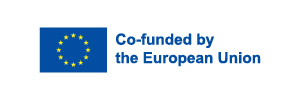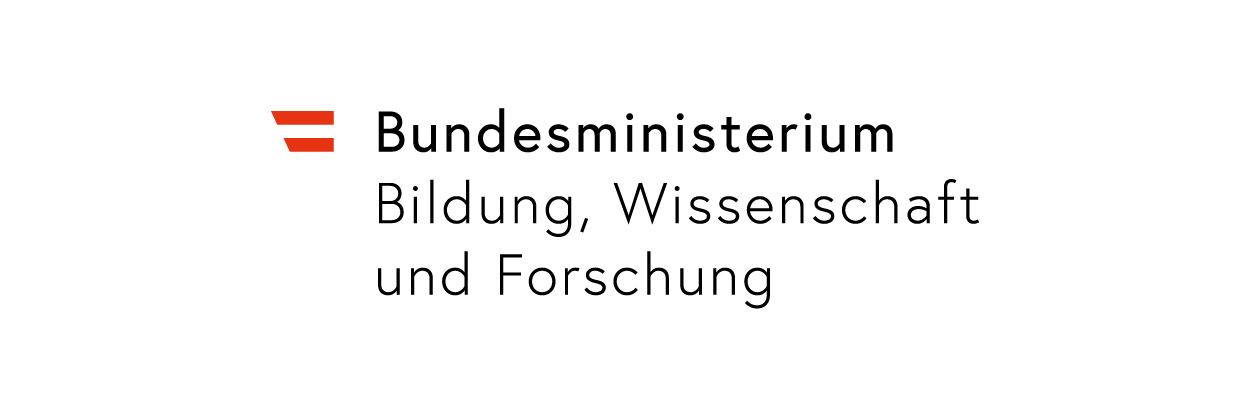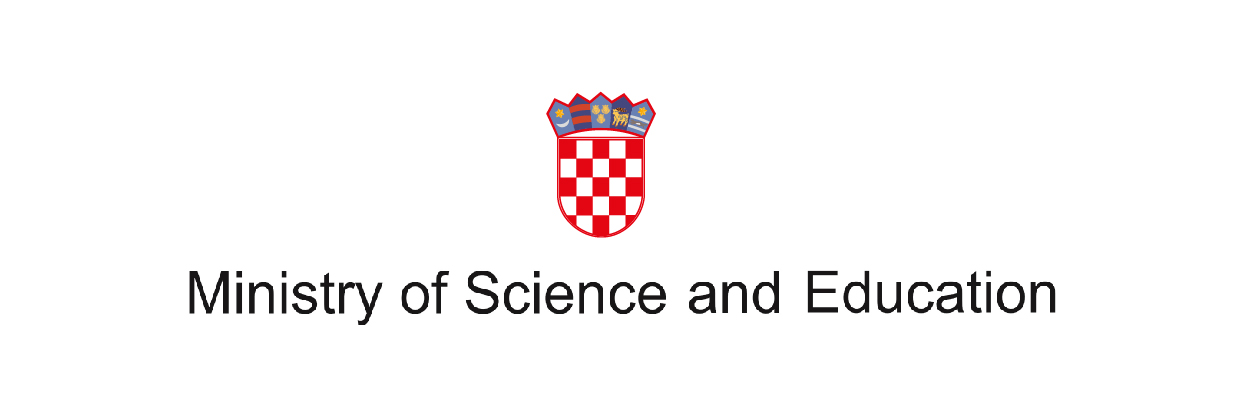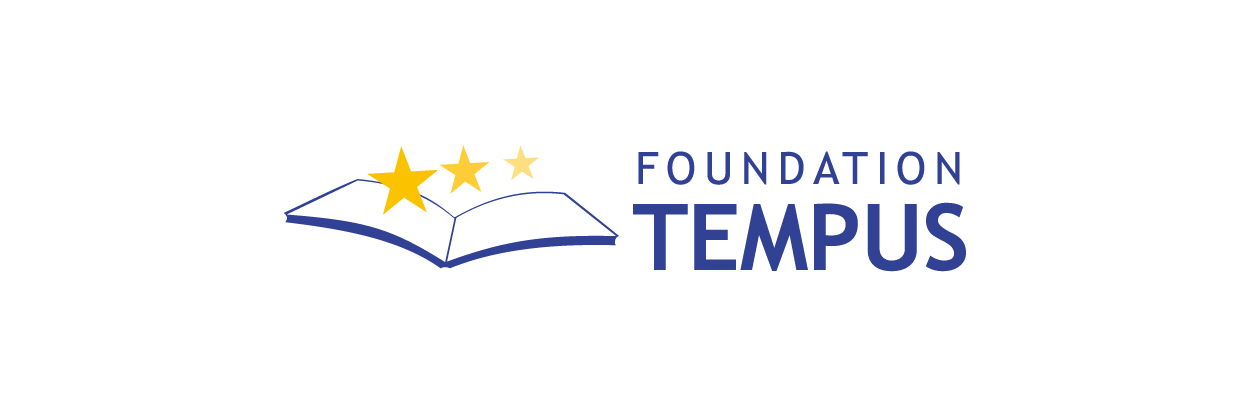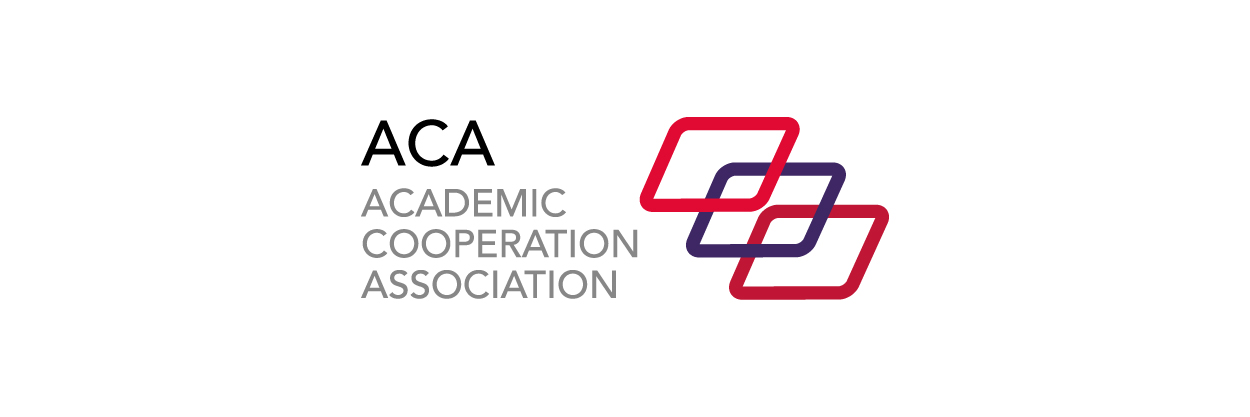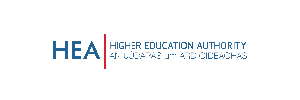PROFFORMANCE Simulation Game - report
Professional fulfilment - rewarding collaboration
The final conference of the PROFFORMANCE+ project taken place 16 October, Budapest, with around 90 participants from 14 countries of Europe and beyond, was a closure of a 5 year collaboration among partners and experts of the PROFFORMANCE and PROFFORMANCE+ consortium and also celebrated the PROFFORMANCE community and the products developed in the frame of the projects.
As the PROFFORMANCE Assessment tool, the PROFFORMANCE Short Courses and the PROFFORMANCE Teaching Excellence Database have been already presented at the online final event and award ceremony 4 June 2025, the gathering of PROFFORMANCE stakeholders in Budapest focused more on the practical usage of these tools.
The event began with the recognition of the winners of the PROFFORMANCE Higher Education Teacher Award for 2024/25. The ceremony acknowledged the excellent achievements of higher education teachers’ best practices from the six partner countries across the four priority areas of the PROFFORMANCE Assessment Tool—Digitalization, Internationalization, Inclusion & Diversity, and Sustainability. The audience had also the chance to see their poster presented either in the foyer or online.
Szilvia Besze, the moderator, presented the basic concept of the event, how the stakeholders of higher education at all levels can be engaged in the Continuous Development Cycle (link) for the sake of enhancing the quality of teaching and learning.
During the workshop, five different groups worked simultaneously on padlet with the group facilitation of great professionals: national policymakers, institutional professionals (IPAs—International Profformance Ambassadors), experts and higher education teachers=the awardees, delegates from student organizations, and representatives of international cooperations.
The event featured productive discussions and collaboration among participants as well as testing and discussing the potential use of the PROFFORMANCE toolkit.
To set the scene and for getting to the same ground, four lead experts presented on what the four priority areas in teaching and learning means for EU/EHEA-national-institutional-individual level: Jan Beseda discussed Digitalization, Irine Darchia covered Internationalization, Silke Preymann focused on Inclusion & Diversity, and Barbara Gabriel addressed Sustainability.
After these presentations, the group work commenced. The groups worked based on a preliminary pre-selected set of assessment statements and initially shared their own context, their challenges and best practices, then they worked on defining a jointly acceptable goal for quality development. Participants had to further specify their aim by elaborating SMART objectives for the short term, which are specific, measurable, achievable, relevant, and time-bond.
Once the planning process was completed, the groups had the chance to communicate their goals to the other groups in order that the goals at different levels could be aligned.
Moving forward to the next phase of the Continuous Development Cycle, the Profformance Assessment Tool (PAT) and its new features were presented to the participants, and the PROFFORMANCE Institutional Ambassadors provided insights to their goals and practices, how the PAT can serve the most their institutional teaching and learning strategies.
Then a common testing of the PAT was implemented. Individuals made SELF assessment, national and institutional representatives the PEER assessment and students the STUDENT assessment, in order to receive a complex picture on how they perceive the teachers’ competences.
Following the continuous development cycle, groups returned to the stakeholder meeting phase to refine their goals based on the assessment tool's results and for aligning their goals with those of the other groups.
And the participants arrived to the most important part of the discussions to plan the actions and measures which lead each groups to achieve the SMART objectives they set before. In parallel of the action planning, they also formulated messages to the other groups on what actions or what kind of support needed for successful implementation.
Finally, the PROFFORMANCE Short courses have been presented and a pair exercise have been organized to communicate the key take-aways on how the PROFFORMANCE toolkit and the CDC concept as well as the inter-level dialogue could be implemented at their own context. Anca Greere concluded the main lessons learnt during the fruitful discussions.
At the end, some emotional memories came up – remembering all the stakeholders present or not who contributed to the great results of the PROFFORMANCE journey.
However, the road has not reached its end, because the networks and the community established and has grown as a snowball will keep going and is very open to accept new members.
Thank you for all who contributed!




